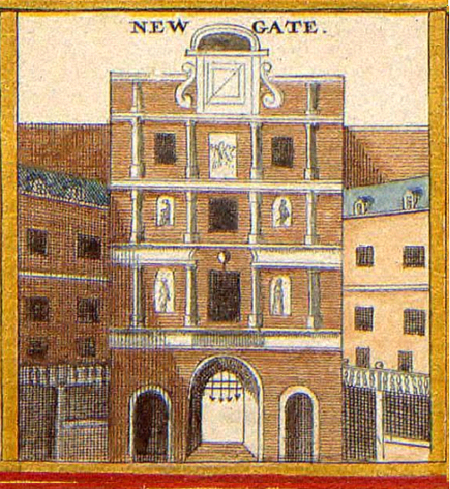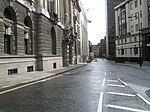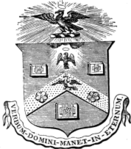Newgate
Buildings and structures demolished in 1767London Wall and its gatesTown Gates in England

Newgate was one of the historic seven gates of the London Wall around the City of London and one of the six which date back to Roman times. Newgate lay on the west side of the wall and the road issuing from it headed over the River Fleet to Middlesex and western England. Beginning in the 12th century, parts of the gate buildings were used as a gaol, which developed into Newgate Prison
Excerpt from the Wikipedia article Newgate (License: CC BY-SA 3.0, Authors, Images).Newgate
Warwick Lane, City of London
Geographical coordinates (GPS) Address Nearby Places Show on map
Geographical coordinates (GPS)
| Latitude | Longitude |
|---|---|
| N 51.514747222222 ° | E -0.10033888888889 ° |
Address
Warwick Lane
EC4M 7BY City of London
England, United Kingdom
Open on Google Maps











